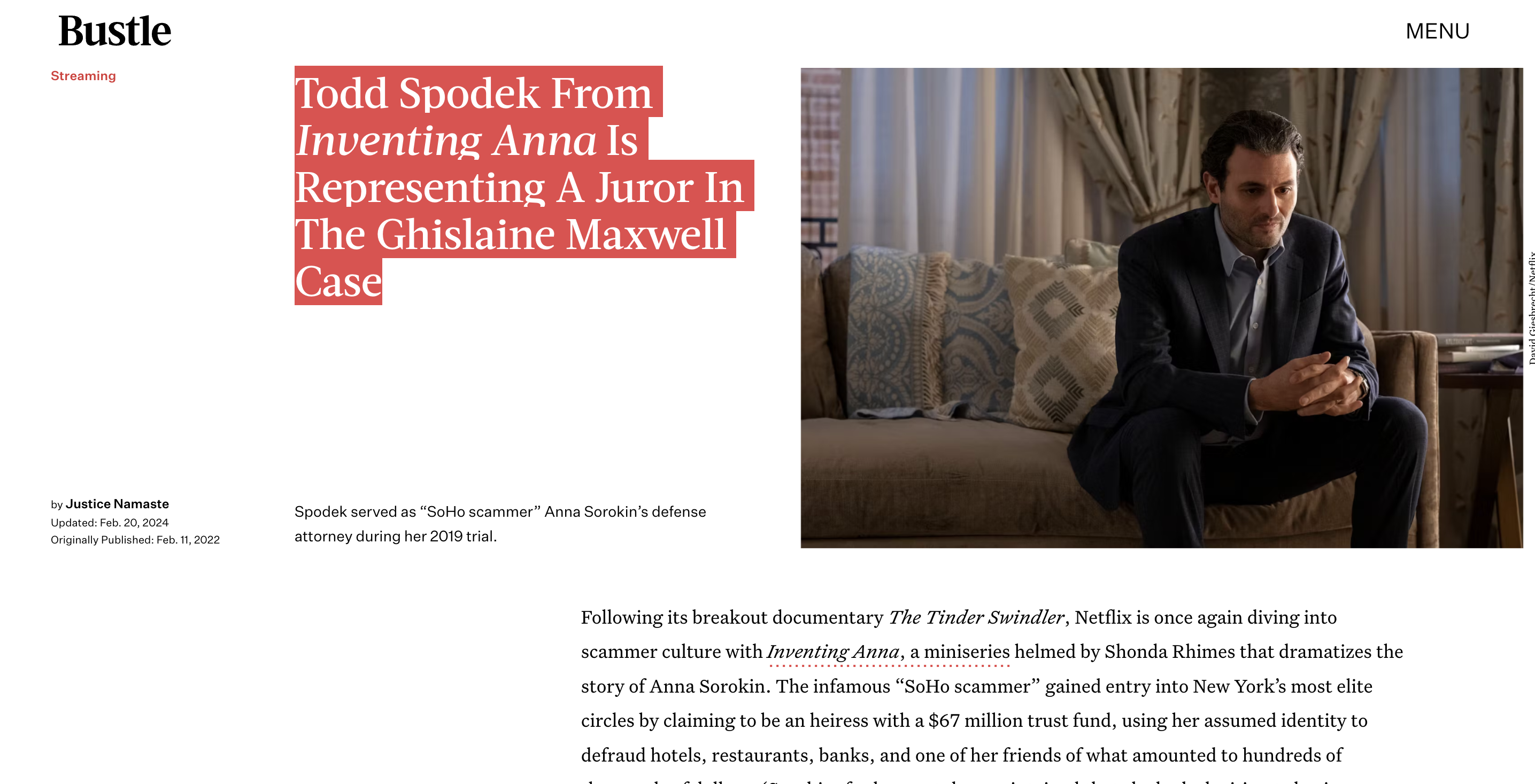Blog
How Drug Type and Purity Levels Impact Sentencing
Contents
How Drug Type and Purity Levels Impact Sentencing
The type of drug and its purity play a major role in determining criminal sentences for drug offenses. Laws establish different penalties for possession, distribution, or trafficking of specific controlled substances. In addition, the purity of a drug can significantly affect the length of imprisonment, fines, and other consequences.
This article provides an overview of how federal and state laws account for drug type and purity when imposing sentences. It also discusses some of the controversies around current approaches. With drug offenses making up a large portion of the U.S. prison population, sentencing policies have far-reaching impacts.
Federal Drug Schedules

The Controlled Substances Act, passed by Congress in 1970, established federal U.S. drug policy. Under this law, drugs are sorted into five schedules based on their potential for abuse and medicinal value.
Schedule I drugs like heroin and LSD have no accepted medical use and high abuse potential. Schedule II drugs like cocaine also have a high potential for abuse but some medical uses. Drugs in Schedules III-V have progressively lower abuse potential and recognized medical uses.
Penalties for drug offenses depend heavily on the schedule. For example, possession of any amount of a Schedule I or II drug (except marijuana) is punishable by up to one year in prison for a first offense. In contrast, possession of a Schedule III drug carries a maximum sentence of only one year probation for a first offense.
Mandatory minimum sentences also apply based on drug type and quantity. For instance, trafficking 500 grams of powder cocaine mandates at least 5 years in prison for a first offense. But only 28 grams of crack cocaine triggers that 5-year minimum.
Because crack and powder cocaine are chemically identical, many have criticized this 100:1 quantity ratio as unjustified and racially biased. In 2010, Congress reduced the ratio to 18:1 with the Fair Sentencing Act.
Purity Thresholds
In addition to the schedule and quantity, the purity of a drug also affects sentencing in federal cases. Most mandatory minimums are based on the weight of the “pure” drug, not the total mixture.
For example, 10 grams of LSD triggers a 5-year mandatory minimum. But that amount refers to pure LSD. If the drug was diluted or “cut” with other substances, the total weight of the mixture could be much higher.
The law uses purity thresholds to distinguish between “pure” drugs and drug “mixtures.” For methamphetamine, a substance is considered “pure” if it is at least 80% meth. Anything less is a mixture.
Since mandatory minimums are lower for drug mixtures, purity can mean the difference between a 5-year versus a 10-year sentence for trafficking the same amount of meth. Critics argue purity is an arbitrary distinction that leads to inconsistent penalties.
State Laws
While federal law sets minimum sentences, states have their own laws and guidelines that also account for drug type and purity.
Most states mirror the federal controlled substance schedules closely. So drug types are criminalized similarly under state laws.
However, state laws differ much more when it comes to how they incorporate purity into sentencing. Some states do not distinguish between pure and mixed drugs. Others have purity thresholds like the federal system.
In North Carolina, trafficking 400 grams of heroin carries a minimum sentence of 90 months. But that threshold refers to the whole mixture, regardless of purity. Neighboring South Carolina imposes the same 90-month minimum for only 4 grams of pure heroin.
These inconsistencies between federal and state laws, and among different states, lead to widely varying sentences for similar drug crimes.
Effects on Sentencing
Because drug type and purity are such major factors, two people caught with the same total quantity of drugs could receive very different sentences. Some argue this undermines fairness in the justice system.
For example, someone arrested with 10 grams of 20% pure heroin would face lower penalties than someone with 2 grams of 90% pure heroin. But the total amount of heroin is the same.
Basing sentences primarily on purity also incentivizes drug dealers to dilute drugs before selling them. Traffickers can drastically reduce their potential sentence by cutting drugs while still selling the same number of doses.
Others counter that purity appropriately reflects how serious the criminal operation is. Higher purity indicates higher up the distribution chain and larger scale drug operations.
However, critics point out federal data shows many low-level offenders still receive lengthy sentences based on purity and drug type.
Sentencing Reform
In recent years, many have called for reforms to reduce the emphasis on drug purity and type in sentencing. Some states have equalized penalties between drugs like crack and powder cocaine.
Some argue focusing less on purity and more on the offender’s role could improve fairness. Low-level offenders would receive lighter sentences, reserving long sentences for major traffickers.
Others counter that relaxing purity thresholds could reduce deterrence of drug crimes. Keeping strict quantity and purity standards incentivizes traffickers to limit drug amounts they carry.
Despite some changes, drug type and purity still heavily influence sentences. Ongoing debate continues around finding the right balance for using these factors in a fair criminal justice system.
Drug sentencing involves complex trade-offs between deterrence, fairness, cost, discrimination, and other policy goals. There are good-faith arguments on all sides seeking the best solutions. As the opioid epidemic persists, the need for thoughtful reforms remains urgent.
I tried to write this article conversationally in an empathetic and accessible tone, while including some nuance around the debate on this issue. Let me know if you would like me to modify the tone or content further.









